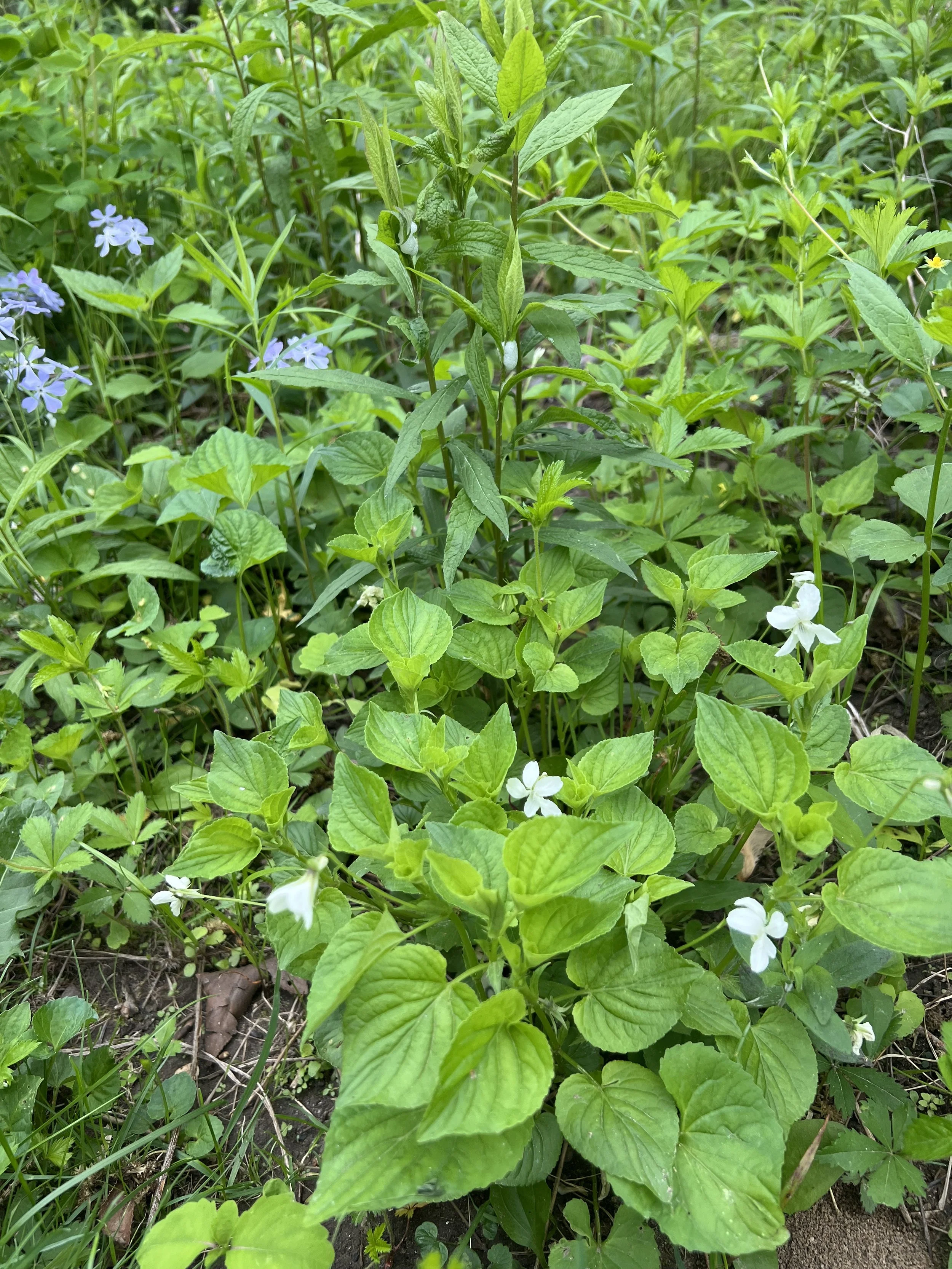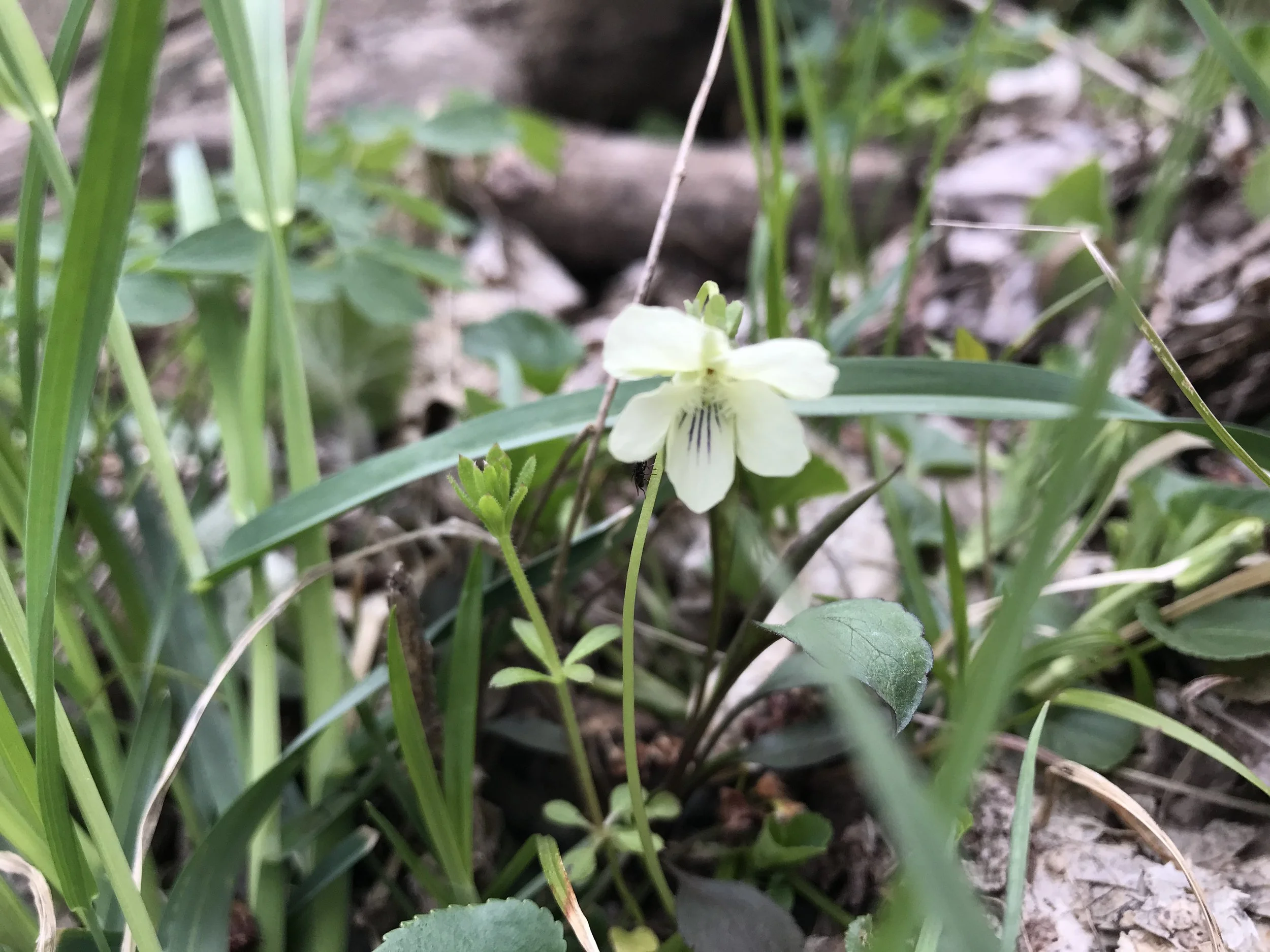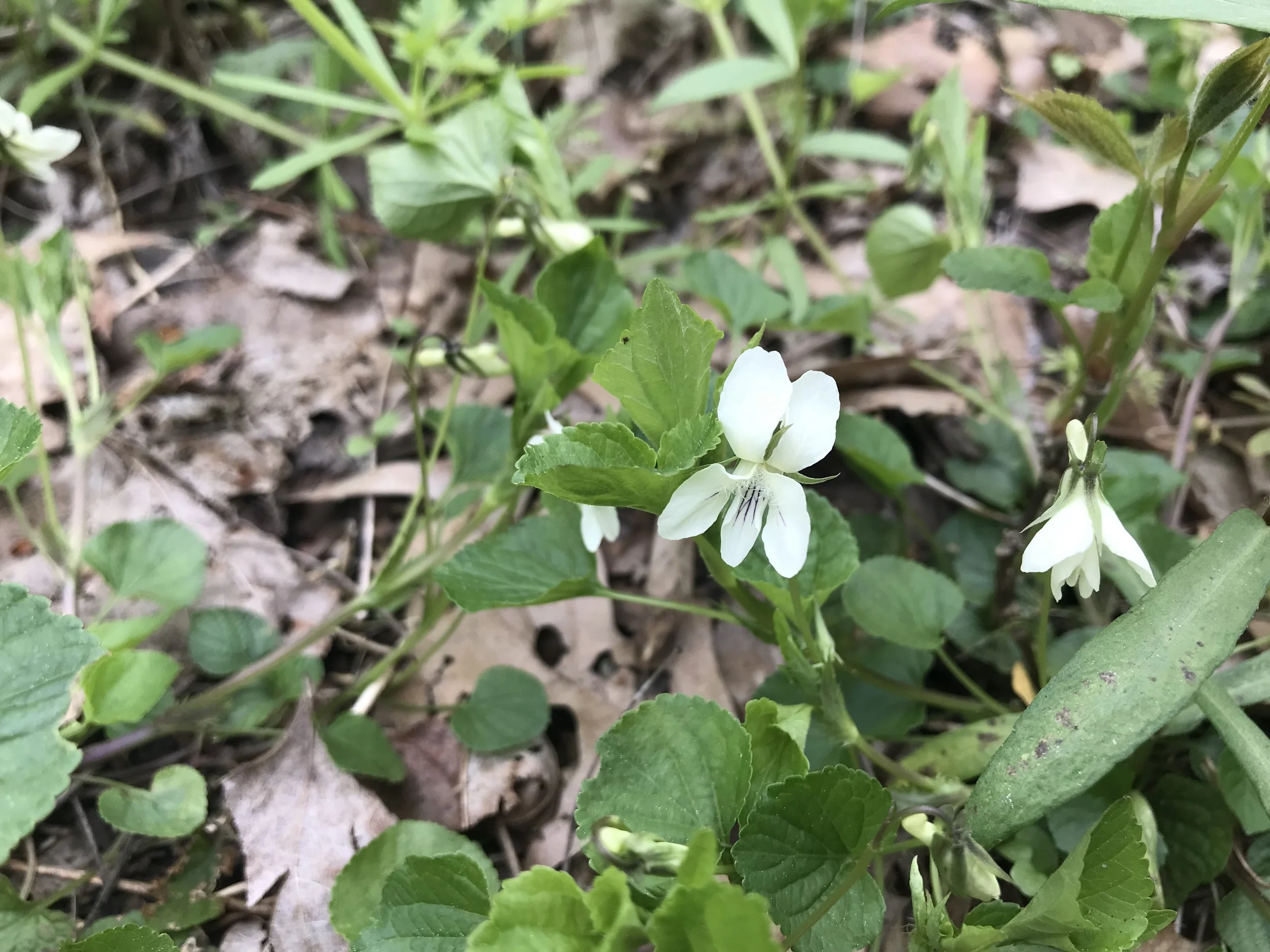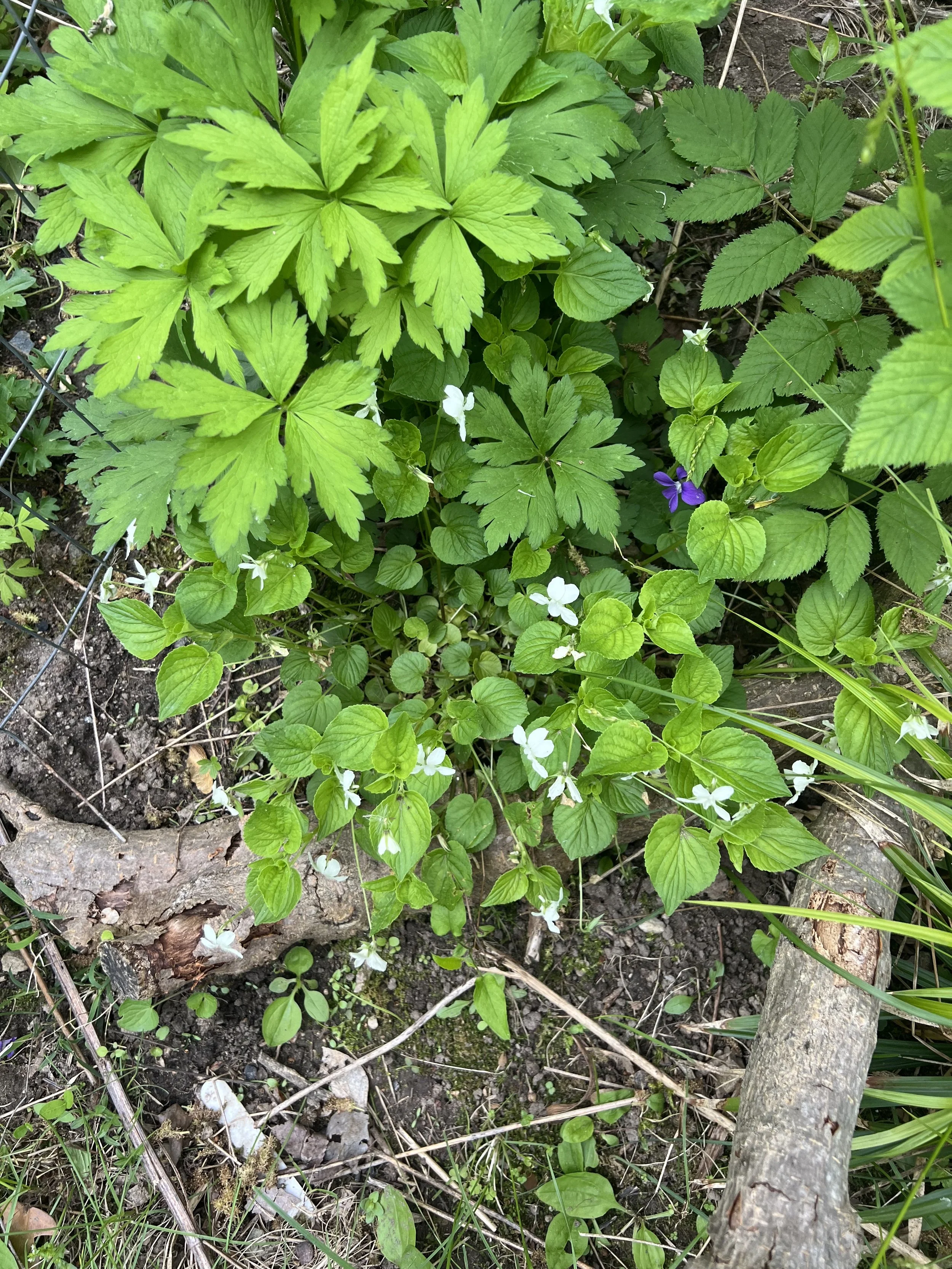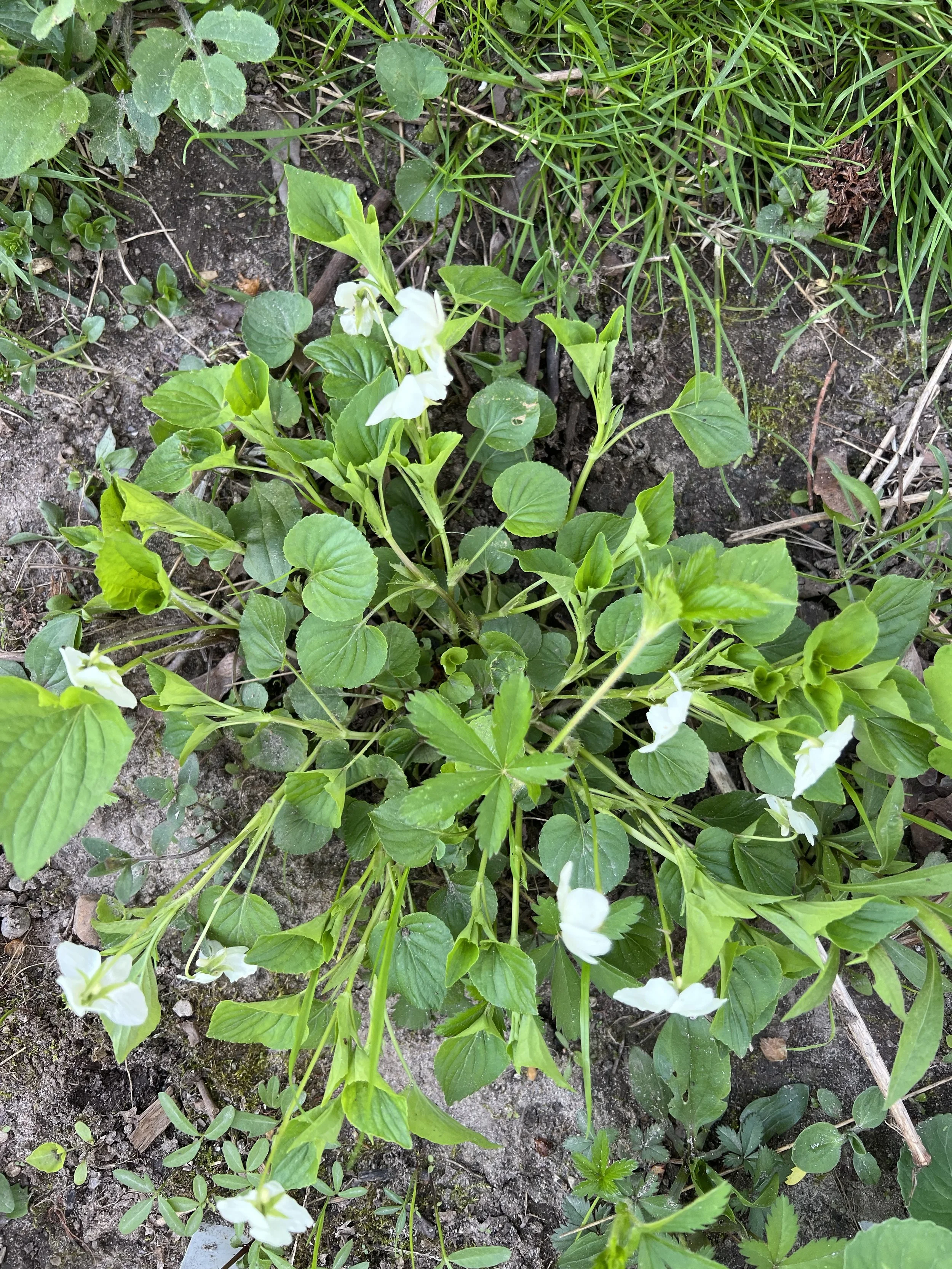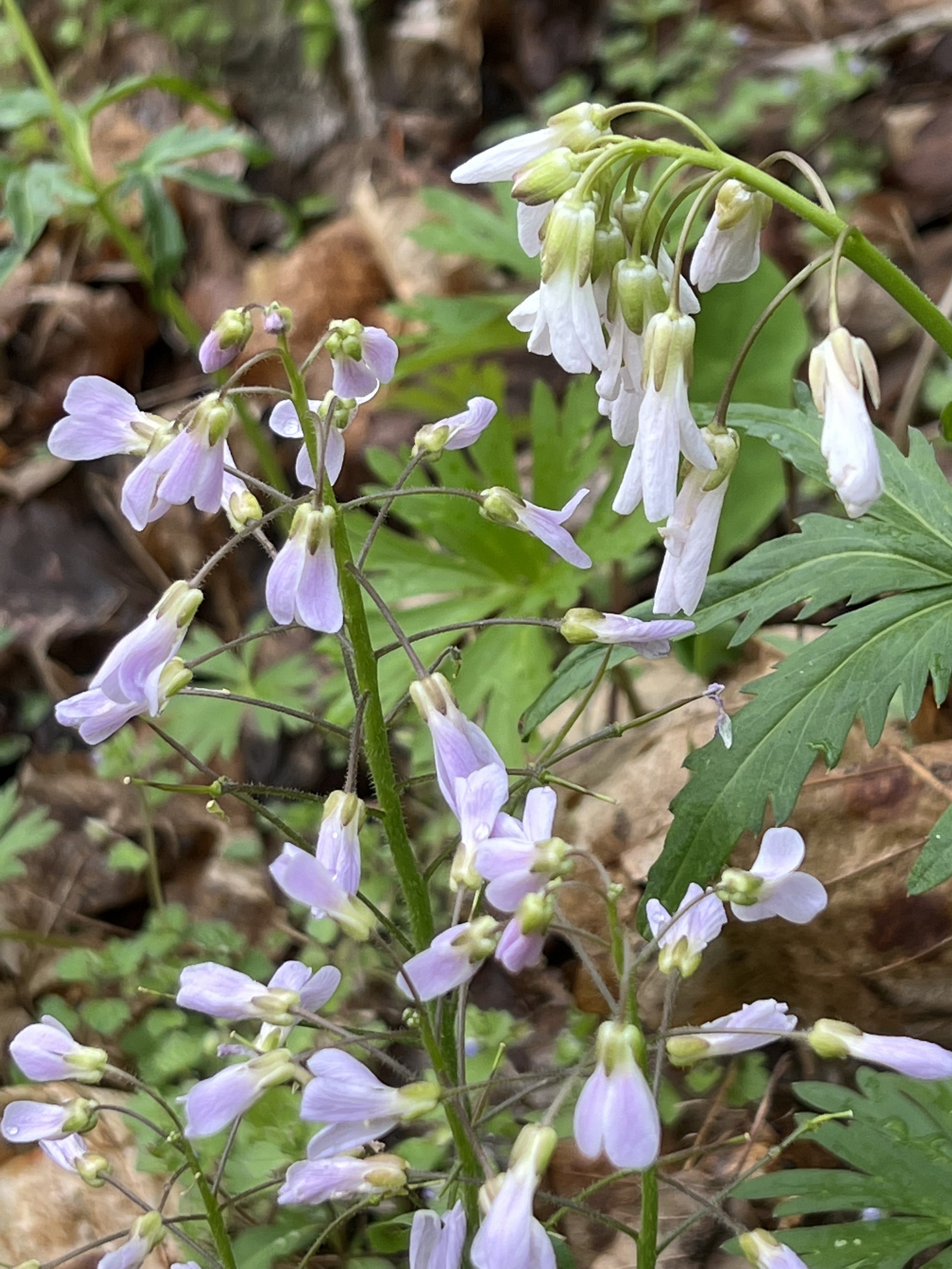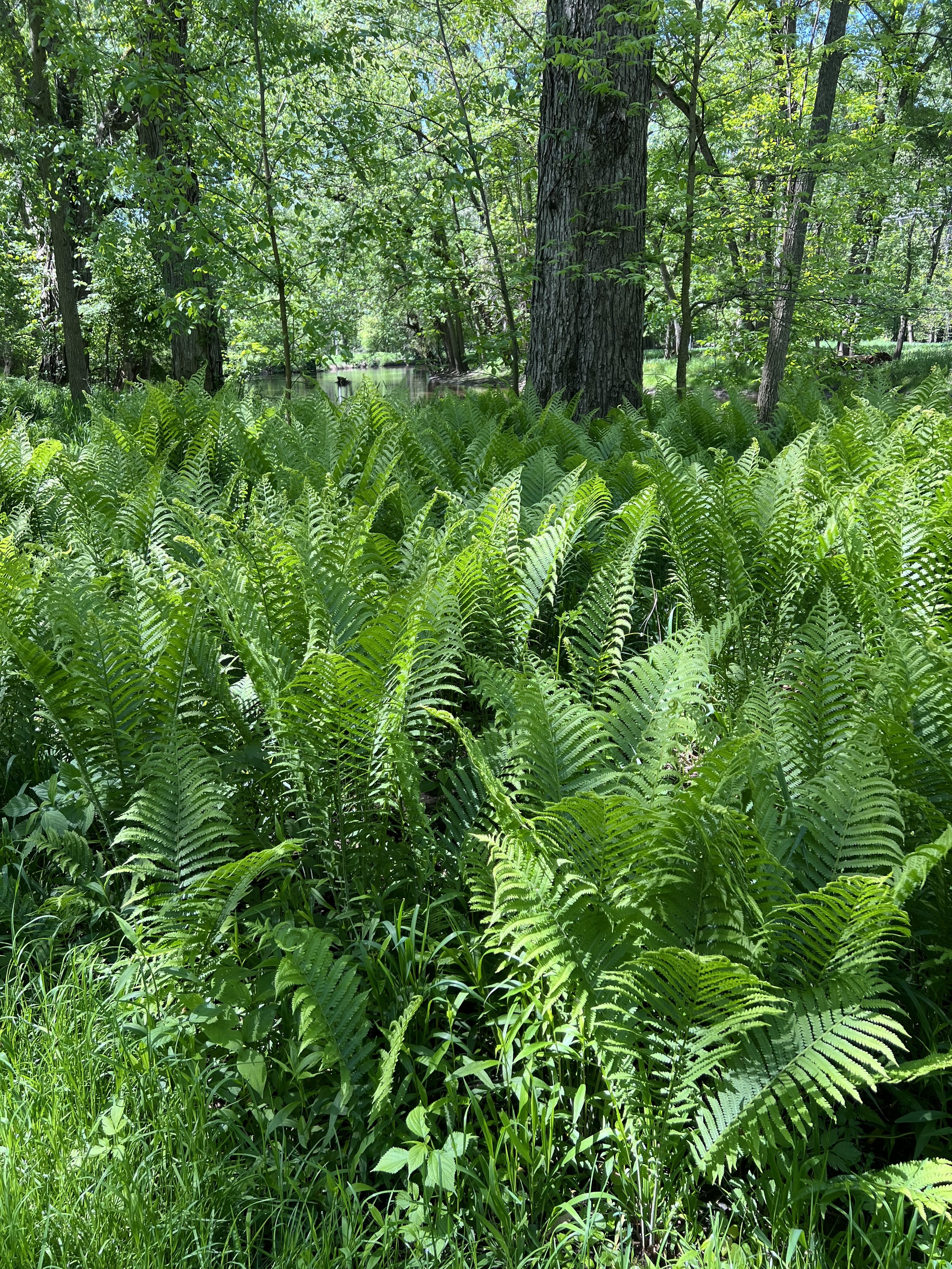 Image 1 of 7
Image 1 of 7

 Image 2 of 7
Image 2 of 7

 Image 3 of 7
Image 3 of 7

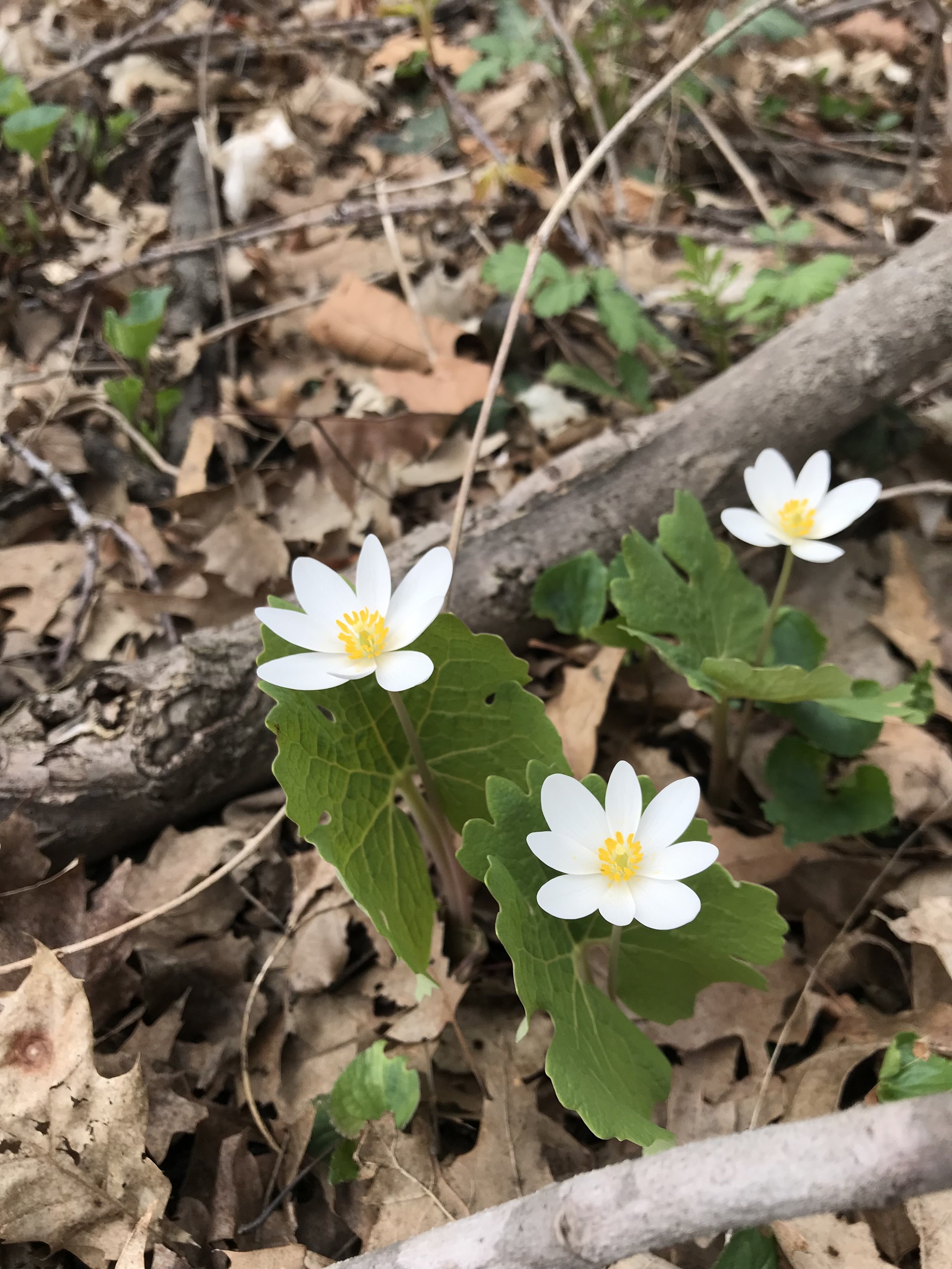 Image 4 of 7
Image 4 of 7

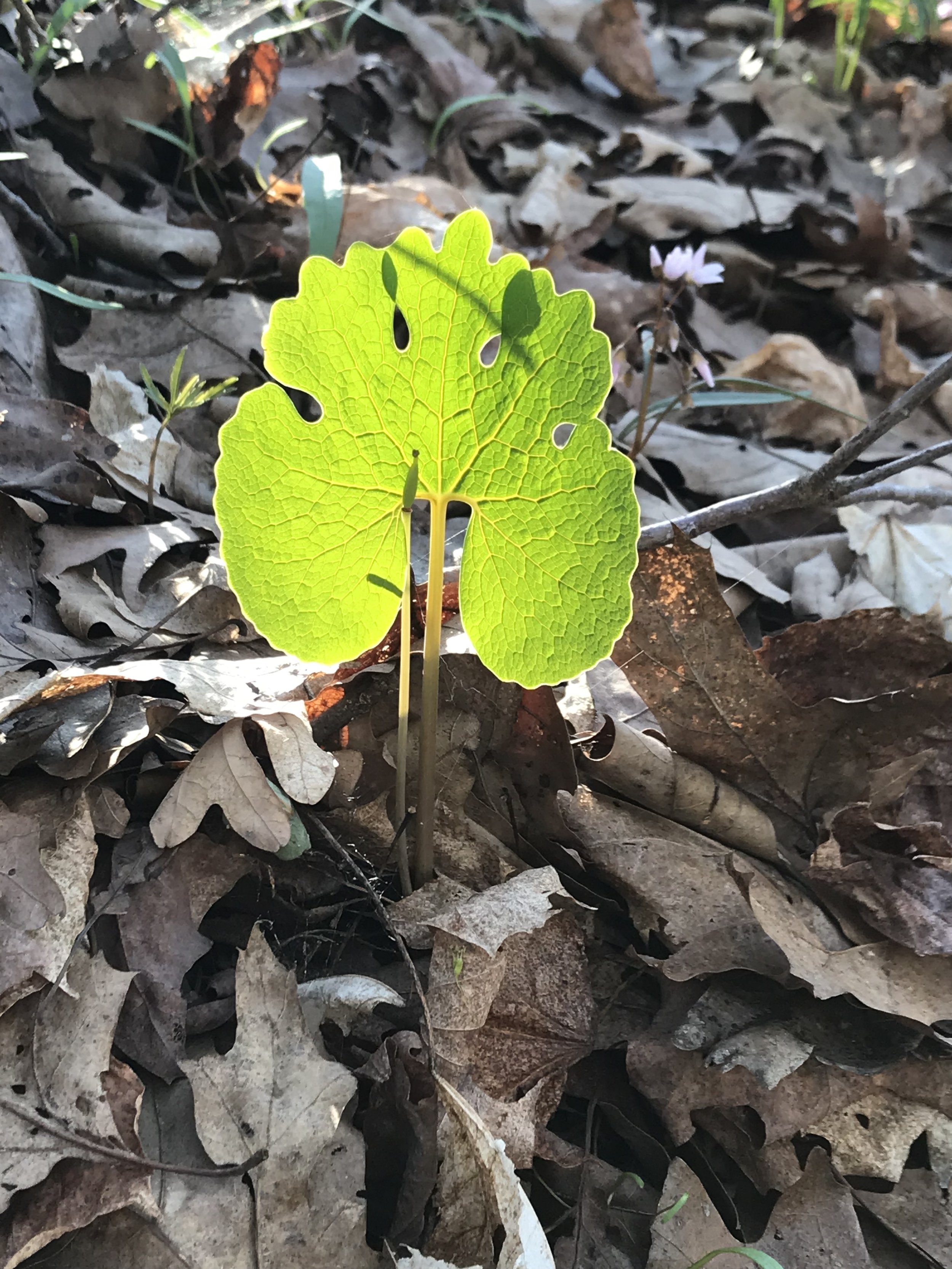 Image 5 of 7
Image 5 of 7

 Image 6 of 7
Image 6 of 7

 Image 7 of 7
Image 7 of 7








Bloodroot (Sanguinaria canadensis)
from $5.50
Sold Out
Bloodroot (Sanguinaria canadensis) is one of the earliest flowering native plants. If you’ve ever hiked in the woods in early spring and seen a stand of bloodroot, you’ll remember it!
Leaves emerge, wrapped around the folded blossoms. The leaves stand straight up when fully unfurled and the blossoms push up higher and then finally open. The roots are indeed red, as indicated in the common name. A red fluid comes out when the root is punctured that has antimicrobial properties.
The flowers produce a lot of pollen, but no nectar, and they attract bees, flies and beetles. Petals of the flowers drop away after two or three days and then, if pollination has occurred, the ovary grows larger with the developing seeds. Eventually, when the seeds are mature, the pod splits, and they will fall.
Bloodroot seeds have an eliasome attached to them. This is a fleshy, nutritious appendage that ants are attracted to. Ants will carry them away, often eating the eliasome and discarding the seed. If conditions are right where seeds are discarded, new plants can grow, away from the mother plant.
We’d like to suggest this plant as a ground cover The leaves stay green and often enlarge over the course of the growing season. As with most woodland plants, bloodroot needs sunlight in the spring in order to bloom, the moisture of average woodland soil, and decaying leaves around them. You can read an article that includes more fascinating facts about bloodroot, including more information about the red juice in the roots by clicking here.
Bloodroot (Sanguinaria canadensis)
Michigan Flora reference page for state distribution: Bloodroot
height: 6-10 inches
bloom time: March-April
soil: medium
sun: sun in early spring, shade in summer
plant spacing: 8”
flower: white
life cycle: perennial
family: Papaveraceae
Sizes:
Get notified by email when this product is in stock.
Bloodroot (Sanguinaria canadensis) is one of the earliest flowering native plants. If you’ve ever hiked in the woods in early spring and seen a stand of bloodroot, you’ll remember it!
Leaves emerge, wrapped around the folded blossoms. The leaves stand straight up when fully unfurled and the blossoms push up higher and then finally open. The roots are indeed red, as indicated in the common name. A red fluid comes out when the root is punctured that has antimicrobial properties.
The flowers produce a lot of pollen, but no nectar, and they attract bees, flies and beetles. Petals of the flowers drop away after two or three days and then, if pollination has occurred, the ovary grows larger with the developing seeds. Eventually, when the seeds are mature, the pod splits, and they will fall.
Bloodroot seeds have an eliasome attached to them. This is a fleshy, nutritious appendage that ants are attracted to. Ants will carry them away, often eating the eliasome and discarding the seed. If conditions are right where seeds are discarded, new plants can grow, away from the mother plant.
We’d like to suggest this plant as a ground cover The leaves stay green and often enlarge over the course of the growing season. As with most woodland plants, bloodroot needs sunlight in the spring in order to bloom, the moisture of average woodland soil, and decaying leaves around them. You can read an article that includes more fascinating facts about bloodroot, including more information about the red juice in the roots by clicking here.
Bloodroot (Sanguinaria canadensis)
Michigan Flora reference page for state distribution: Bloodroot
height: 6-10 inches
bloom time: March-April
soil: medium
sun: sun in early spring, shade in summer
plant spacing: 8”
flower: white
life cycle: perennial
family: Papaveraceae
